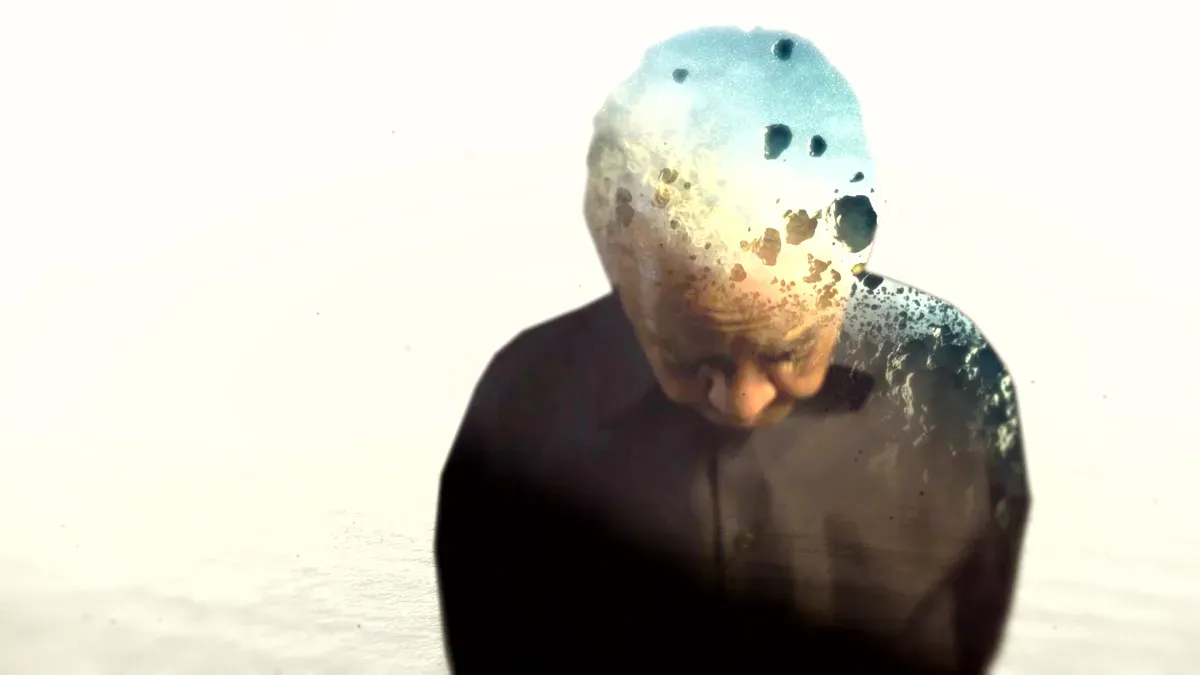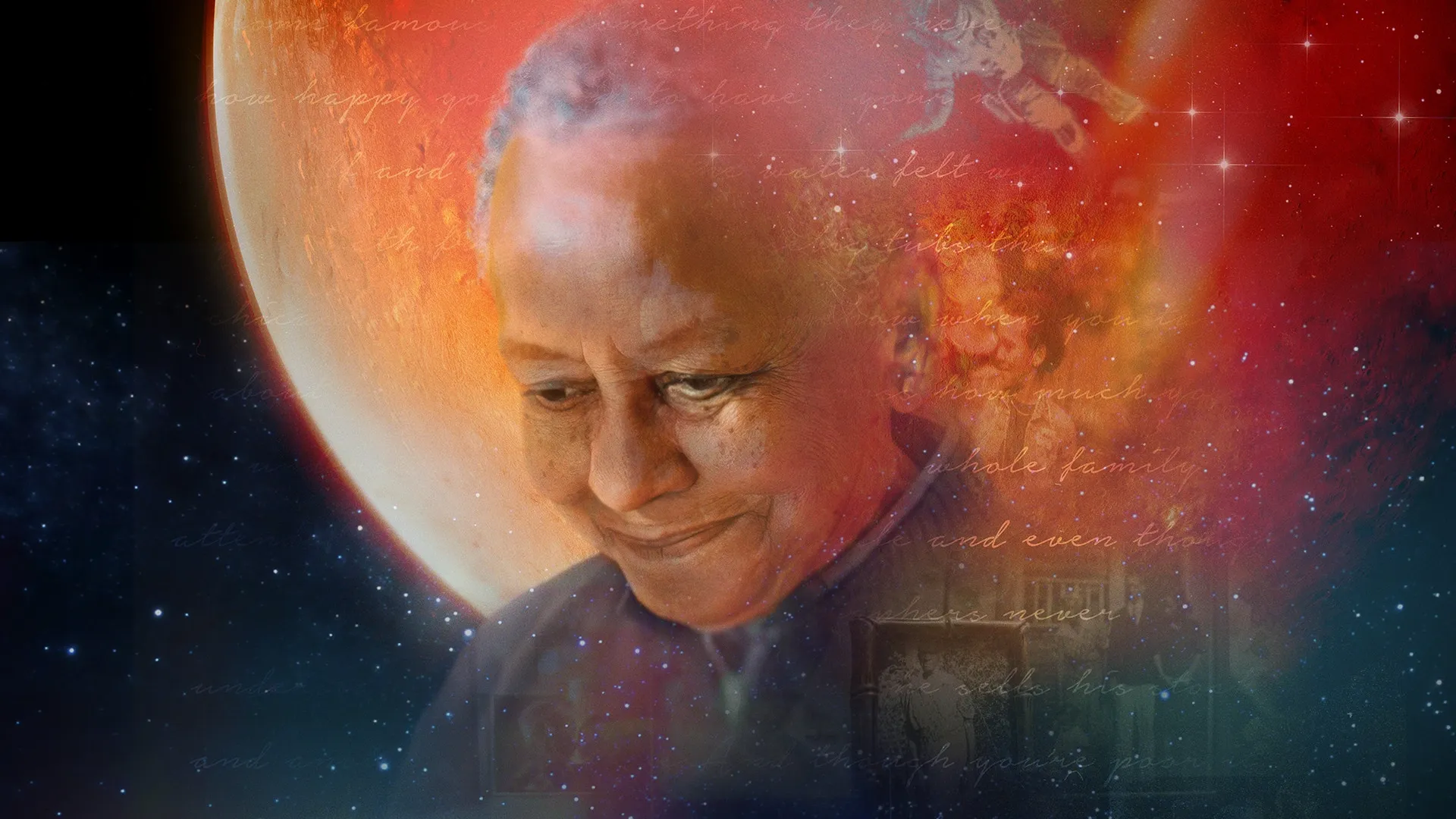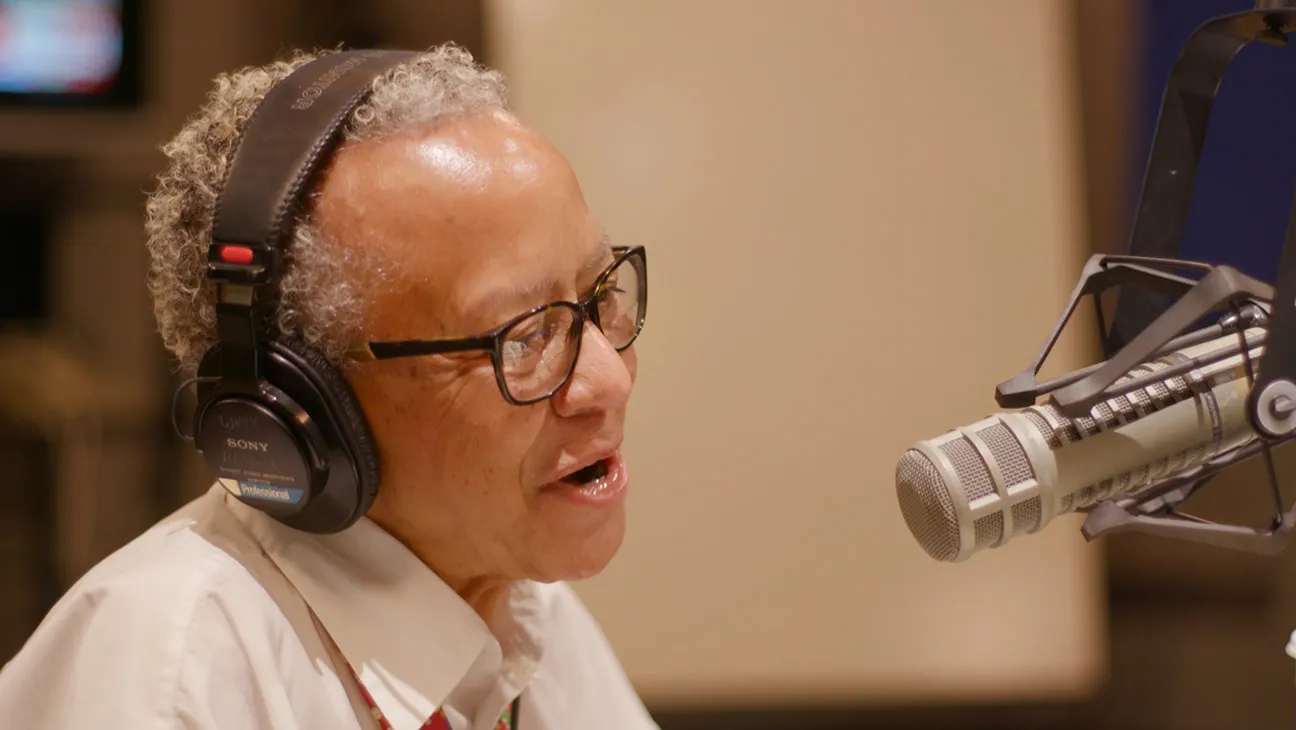The film’s title sparks visions of distant orbits and intimate recollections, evoking both the vastness of space and the intricate layers of one life. The documentary crafts a portrait that captures the legacy of a revered poet and activist, whose words have lit paths in the cultural and political arena.
Directors Joe Brewster and Michèle Stephenson present a narrative that interlaces archival clips with modern interviews and recitations of stirring verses, creating a portrait that is both expansive and precise.
This work presents an opportunity to observe a figure whose art has long been a mirror for the human spirit, its cadence echoing through historic movements and personal tribulations alike. The film examines a personal odyssey of memory and myth, intertwining the timeless appeal of poetic expression with the reflective musings of a mind steeped in creative thought.
The unfolding narrative considers the lasting impact of a voice that has long championed resilience and cultural affirmation. In its visual and auditory composition, the documentary offers a compelling examination of how a single life can inspire collective transformation, inviting viewers to contemplate the lasting imprint of poetic legacy.
From Roots to Renaissance
Nikki Giovanni emerges from the fertile soil of Knoxville, Tennessee, with a heritage shaped by family memory and early encounters with literature and activism.
Raised amidst the contrasting influences of nurturing care and stern familial discipline, her childhood was marked by visits to Tennessee and the reassuring presence of her mother and grandmother, even as a formidable paternal figure cast a long shadow. These early years sparked a passion for poetic expression, forging an artistic spirit that would command attention in cultural and political arenas.
Her rise in the literary and activist community unfolds through milestones that transformed her into a pivotal force during the Black Arts Movement. Initial publications opened a door to a career defined by public engagements and academic honors.
A distinguished tenure at Virginia Tech, along with spirited appearances that captivated audiences, cemented her role as an intellectual beacon and creative powerhouse. Her contributions have reverberated through public discourse, echoing in classrooms and cultural events alike.
Behind the public acclaim, a series of personal challenges subtly underscore her narrative. Episodes of health struggles—marked by seizures and intermittent lapses in memory—offer a counterpoint to the celebrated persona.
Giovanni’s deliberate choice to limit personal disclosures, steering clear of painful recollections, underscores a commitment to preserving the mystery that surrounds her life. This measured approach to storytelling reinforces a sense of control over her public image, allowing her art to convey the full depth of her experiences without overexposure of personal suffering.
The film captures this progression through a blend of archival fragments and recent portrayals, painting a portrait that shifts from the vibrant energy of early activism to the considered reflections of a mature poet. Her evolution stands as an emblem of strength and cultural influence, inviting contemplation on how formative experiences and personal resolve can sculpt a lasting legacy.
Verses in the Void: The Living Poem of Giovanni
Giovanni’s poetry anchors the film, acting as the narrative spine and an emotional undercurrent that challenges conventional modes of storytelling.
Her lines express both the intimate trials of a personal existence and the collective pulse of a community shaped by enduring struggles and unyielding spirit. The film grants her words the power to illuminate experiences marked by injustice, perseverance, and the deep complexity of identity.
Selected verses—those echoing turbulent historical moments and quiet acts of defiance—form a crucial counterpoint to the visual archive and spoken interviews. One encounters passages that capture the raw force of change during times when social structures trembled under the weight of urgent demands for equality.
These texts evoke a careful reckoning with memories that are both bitter and transcendent, challenging viewers to reconsider how words can map the contours of shared hardship and subtle resistance.
The recitation of these works attains a unique intensity when rendered by Giovanni herself. Every measured phrase appears charged with a precision that transforms recitation into an act of assertion.
An alternative voice, provided by a skilled actress, steps into the space left by the poet’s deliberate silence, offering a different yet respectful cadence that complements the original. This juxtaposition crafts an auditory experience rich in texture, where the distinctive rhythms and resonant tones engage the listener with formidable clarity.
Against a backdrop of archival glimpses and contemporary vignettes, the spoken verses occupy a liminal space—a realm where conventional dialogue fades and the language of art asserts its own authority.
The film presents these poetic fragments as deliberate constructions, each word carefully chosen to reveal hidden layers of meaning and to evoke a spectrum of historical and cultural memories. The verses emerge as precise articulations of creative vision, reflecting a legacy that continuously redefines what it means to bear witness through art.
Fragments of Time and Light
The film displays a rich interplay of archival fragments and contemporary interviews that constructs a complex portrayal of elapsed moments. Archival clips are interlaced with modern footage, forming a mosaic of memory that speaks to the ephemeral nature of recollection.
Rapid editing paired with the technique of double exposure creates an effect of scattered reminiscence, evoking images of fading reflections. The careful use of visual metaphors—static images merging with ethereal glows—transforms each frame into an examination of how time dissolves and reconfigures itself.
An experimental editing approach transforms the narrative into a non-linear composition where past and present coalesce. Visual motifs surface with deliberate regularity, manifesting through a cool palette enriched by deep blues and subtle contrasts.
Celestial imagery and occasional fragments of space serve as quiet markers for the poet’s cosmic musings. The rhythm of the cuts fluctuates, punctuating the film with periods of visual quiet that heighten the impact of each vivid segment.
Sound contributes significantly to this cinematic composition. A carefully arranged score intertwines with measured silences, each note aligning with the selected imagery. The auditory layer enhances the film’s reflective tone, drawing attention to the spoken verses and the ambient resonance of the visuals.
The score, with its measured cadence, intensifies the delicate balance between spoken word and the quiet poetry inherent in the moving images.
Imagery of the cosmos surfaces as a recurring motif, conjuring images of the uncharted and the transformative influence of artistic expression. This symbolic presence invites viewers to consider the expansive nature of cultural memory, as every scene acts as a brief window into an abstract world of creative thought.
Cosmic Reverberations: Afrofuturism and the Uncharted Voice
Giovanni’s vision emerges as a powerful statement of Afrofuturism, transforming Black women into bold pathfinders charting realms that defy convention.
The documentary presents her perspective as a call to reimagine the future through creative force and enduring spirit. Her ideas paint a picture of artistic transformation that reshapes cultural narratives with unwavering determination.
The motif of Mars and the imagery of space travel recurs throughout the film, operating on several levels. They evoke a tangible desire for discovery and the pursuit of new horizons while standing as symbols of resistance against imposed limitations.
The title itself summons a sense of cosmic possibility, inviting consideration of what it means to reach into the unknown. Giovanni’s reflections bridge the weight of historical hardship with the promise of inventive expression, suggesting that the experiences of the past carry an enduring power to inform new ways of thinking.
Historical traumas, such as the legacies left by the Middle Passage, are mirrored in her words with a force that challenges traditional narratives. Her statements serve as a reminder of the strength borne of adversity—a strength that continues to shape communities and their cultural legacy. The film portrays these ideas as a quiet revolution, where art becomes an instrument for re-envisioning identity and possibility.
A subtle interplay emerges as younger voices absorb and reinterpret her ideas, their expressions hinting at both admiration and a readiness to redefine their own roles. Giovanni’s reflections offer a layered cultural commentary, positioning her work as a beacon that illuminates the path toward transformative creative potential.
Between the Lines of Silence
Moments captured in candid conversations reveal layers of unspoken thoughts and carefully chosen retorts. In one interview, Giovanni offers offhand remarks that mix subtle humor with profound insights, inviting the audience to glimpse the private contours of her inner world.
These instances form a delicate interplay between spoken word and reflective pause, creating a space where the artist’s guarded revelations invite contemplation without exposing every hidden detail.
Her deliberate refusal to address certain questions casts a deliberate tension over the narrative. This restraint, marked by carefully measured responses, reinforces the enigmatic quality of her persona. It is in the selective nature of her storytelling that a quiet strength emerges—a commitment to preserving the essence of her creative spirit while keeping some chapters of her life shrouded in purposeful mystery.
Health challenges and moments of forgetfulness, interwoven with the luminous cadence of her poetic recitations, add a poignant layer to the portrayal. The film captures these instances without resorting to overt sentimentality, instead allowing the audience to witness a mindful acceptance of aging and the inevitable loss of details.
Through a series of unguarded yet reserved exchanges, the documentary offers an open invitation to investigate the rich interplay between her public declarations and the cherished, undisclosed corners of her past.
The Review
Going To Mars: The Nikki Giovanni Project
Giovanni's portrait unfolds with deliberate restraint and poetic precision, offering a layered view of her artistic vision and personal reticence. The film presents a multifaceted exploration of her creative legacy, interlacing archival material with present-day reflections to illuminate her enduring impact. Its measured storytelling provokes thoughtful consideration of cultural memory and artistic identity.
PROS
- Striking visual presentation.
- Vivid integration of archival footage and interviews.
- Rich auditory design that enhances the poetic recitations.
CONS
- Selective narrative may leave certain questions unanswered.
- Minimal personal disclosure can reduce emotional depth.




















































